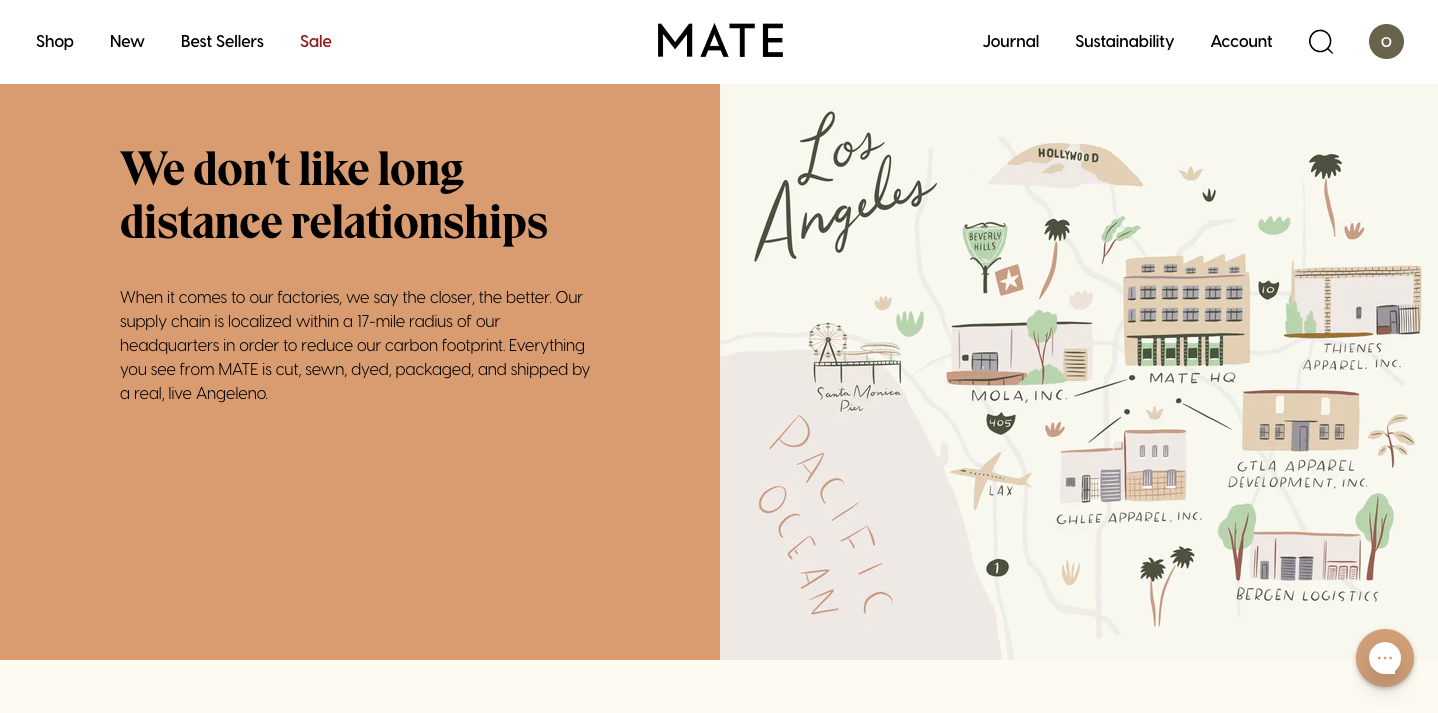Fast fashion in 2022 has become widely accepted and mainstream due to fast-paced trends and targeted consumerism, resulting in cheap labor and unethical working conditions for garment workers in third world countries. For those who have heard of fast fashion but have little or conflicting knowledge of what it exactly entails, it is defined by Meririam-Webster as inexpensive clothing rapidly produced by mass-market retailers in response to latest trends. Online shops such as SHEIN market hundreds of new clothes each day through social media influencers with the intention of creating new trends. Social media like Instagram and TikTok are the main platforms online retailers and influencers use to quickly accelerate consumerism in younger generations, pushing new trends monthly if not biweekly. The demand of these key pieces in trends has resulted in the mass-production of new clothes like we have never seen before consequently decreasing the quality of these pieces and ending up in landfills only after a few times of wear. Brands that produce hundreds of new tops, skirts, dresses, etc. daily for as little as $5 per item are the biggest examples of fast fashion with the highest rates of unethical labor for garment workers. By decreasing the pace of trends, slow fashion can thrive and ethical working conditions can be standardardized.
Trends in fashion have always come and gone with each season despite the few signature classics that no one grows tired of. These classic looks for me are things I can usually either find at thrift stores or sustainable shops and consist of a straight-legged jean, a plain or graphic white tee, and a pair of comfortable tennis shoes with a blazer or sweatshirt for the colder months. For me, this is an effortless look that I’ve deemed as timeless due to its maillable recreation and lack of individualism. We live in an individualist society and thereby we look for clothes that we can use to express ourselves outwardly in a creative fashion. Even with these classic looks, there are still ways to create that individualism without participating in microtrends. With the age of TikTok and influencers, consumers become infatuated with a new style of jeans or a new pattern on dresses and then grow tired of them after a month-or-so after a new trend surfaces, therefore continuing the cycle of microtrends. These microtrends are the backbone of fast fashion. Instead of following a trend verbatim, try to attempt it with a classic yet individualistic approach. For example, instead of buying the exact green printed dress seen on Kendall Jenner trending on TikTok that week, I will evaluate whether I want it because everyone wants it or if it will genuinely bring me joy to wear for years to come. Of course, I have bought clothes that were trendy at a certain time for some occasion and never wore it again, but knowing when to wait out a trend to see if it would become a timeless piece for you is the most important when not contributing to fast fashion.

Screenshot taken from the SHEIN website 10/25/2022
Demand and supply is what creates a healthy and stable economy, consumerism must exist for the world to continue turning. Companies create merchandise, advertise it in a way that appeals to a niche crowd or the general population, create the idea that a person needs to have whatever that brand is marketing, and thereby generate a consumer for that company’s product. We all are consumers of priced goods as members of a capitalist country but since the creation of high-speed internet and its free access, marketing has evolved into understanding psychological behavior and how to manipulate it. If you have any kind of social media, you may know that the posts that you see are based on an algorithm based on what you like. If you like a video of cats playing with a loud paper bag then you might see more cat videos on your feed. This algorithm is the same when it comes to marketing clothes, if you like a picture of a brown coat, you may start to receive ads of brands promoting their own versions of brown coats. This exposure marketing strategy makes you see the piece more and think about it more, therefore raising the possibility of you purchasing one of the brown coats. Then the convenience of buying that brown coat by tagging the exact coat to their website and giving you the option of express checkout through Apple pay is what seals the deal. Each of these shortcuts make it more convenient for you, as a consumer, to shop without having to stop and think about your purchase. These marketing strategies contribute to fast fashion by promoting microtrends without allowing the consumer to think too long before hitting checkout.
Despite what has been discussed of fast paced trends, consumerism, and marketing, the root issue of fast fashion is the unethical working conditions that garment workers are subjected to. These conditions are known to be horrifying for the general public to know so brands will hide the fact that they outsource most of their production to countries where the labor is cheap and fast. Hong Kong, China currently has the worst working conditions for garment workers with Bangladesh, India following closely behind. These men and women in these sweatshops are working in extreme proximity to their coworkers in long shifts with minimal breaks, resulting in as little as 50 US dollars a month. Falling far below the poverty line and leaving many hungry. To continue “business and usual”, factory owners take strides to limit and prevent labor unions from forming to protest against these horrific conditions. Women make up 85% of the Bangladesh garment employees, many of which are as young as 13, they are sometimes illiterate, mostly impoverished, and unprotected from the sexual harrassment that thrives in these environments. Due to the lack of resources available for these women, many of their experiences go unnoticed and forgotten. Large retail companies such as Zara, SHEIN, Urban Outfitters, H&M, and others are the leaders of fast fashion and encourage these conditions to persist despite the garment workers' well-being at stake.

(2018). Fashion industry looks to sustainability to regenerate its image. photograph, Bangladesh, India. Retrieved 2022, from https://curious.earth/blog/fashion-industry-sustainable-image/.
Fast fashion can only grow with demand, therefore as a society we can limit how we support fast fashion and instead find solutions to the issue at hand. Ways that you can do this is by researching the ethics of brands before purchasing something from them and a good rule to follow is that if they don’t have supporting pictures from the inside of their garment factories or specific examples of how they pay their workers fairly, than the company is probably participating by outsourcing their merchandise to hotspot countries like China and India. Fast fashion usually has the most affordable prices for different clothing pieces but I encourage you to invest in your clothes or buy second hand from online thrift stores to tailor exactly what you’re looking for or to support local thrift stores. Sustainable retailers and mercantiles, Mate the Label, are proof that places can prioritize slow fashion, the environment, and ethical labor. All you need to do is continue to support them.

Screenshot taken 10/25/2022 from the Mate the Label website

